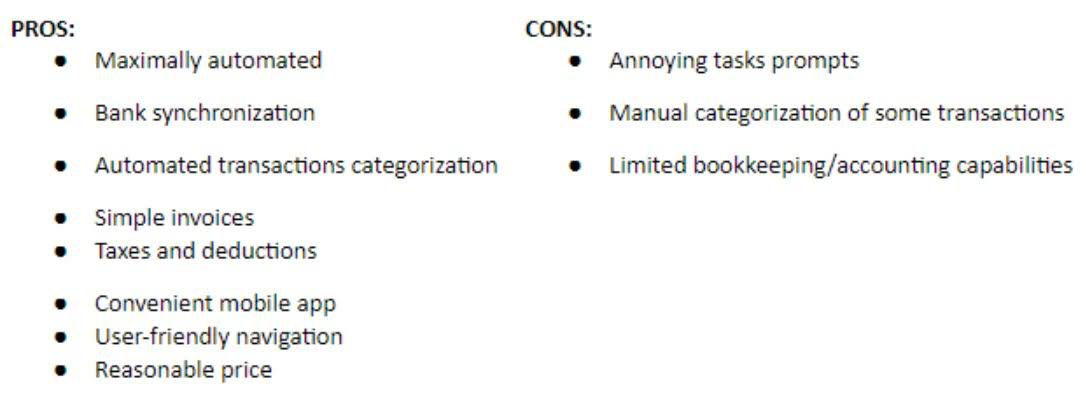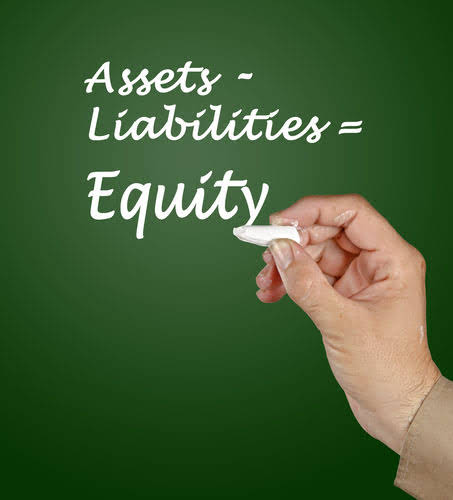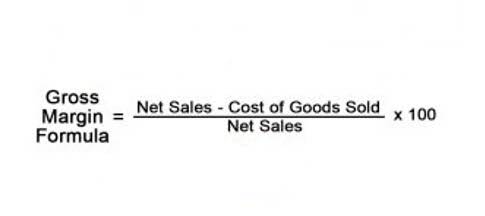Labor costs include the wages or salaries of the workers who will be involved in the project, as well as any benefits or incentives. Equipment costs include renting or purchasing machinery, vehicles, or other specialized tools needed during the project. Permits are required for some types of work and often come with fees, so it’s important to factor these into the budget. By collaborating with them, you can free up your time and resources to focus on growing your business while they manage the financial aspects with precision and accuracy. Additionally, they can provide valuable insights into your business’s financial health and performance, helping you make informed decisions to optimize your operations and maximize your profits.
- Keep distinct journals for accounts payable, accounts receivable, and job costing to ensure clarity in financial records.
- WIP reports make it easier to get an overview of each project’s budget, percent complete, actual costs to date, and more, so you can see if it’s overbilled or underbilled.
- You’ll also use the contract’s total cost and scope of work to develop the project’s schedule of values, which breaks down individual billable tasks and their value.
- It might look like you’ve had an incredibly profitable month because you’ve invoiced your client to get a project started, but that’s not the full picture.
- On the other hand, if it’s super easy to use but doesn’t provide the flexibility you need, you should consider trying a different one.
- Hiring accounting services to manage your construction accounting can help you with so much, including financial planning, tax preparation, and give expert advice to your financial questions.
- Our goal here is to unfold the layers of construction bookkeeping, making it an accessible and manageable aspect of your business.
Tracking your revenues and cost of sales by project
Unfortunately, it is not as simple as merely establishing a compensation agreement with the worker. The prevailing wage is the amount construction companies must pay their workers. https://www.bignewsnetwork.com/news/274923587/how-to-use-construction-bookkeeping-practices-to-achieve-business-growth Keeping complete records of all payments and invoices is crucial for effective bookkeeping in the construction industry. This includes recording each transaction’s date, amount, and description and any relevant supporting documentation.
Tax Season Support
Minimize your tax liability and maximize financial stability with a well-devised plan. They don’t have much of a reason to worry whether or not the turkey sandwich is outperforming the BLT, simply because there’s not a lot of difference in profitability between the two. Management should provide oversight to ensure that internal controls are being followed and that construction bookkeeping any weaknesses are addressed in a timely manner.
Essential Construction Bookkeeping Practices
Having this kind of system for every construction contract you take on is essential. Once in place, it will not only help you ensure your original estimate was correct but confirm you’ve accurately captured the scope of the project based on what you’ve bid. A surefire way to lose out on project profitability is to do work you’re not paid for. An effective change order management system is your first line of defense against this. Your change order system should track a potential change from the moment the issue is identified to the end (whether a change order was actually issued for the work or not). Keeping enough cash on hand is a serious challenge in our industry, especially on longer jobs.
Investing in the Future:
- While this method might simplify accounting during the project, it’s important to note that it doesn’t comply with GAAP standards.
- This is because no two construction projects are the same, and there’s a broad spectrum of project profitability.
- Job costing is a special feature of construction bookkeeping that some find useful.
- Construction bookkeeping is all about recording daily financial transaction data, maintaining your general ledger, and closing the books each month.
It helps track expenses, manage cash flow, and make informed financial decisions. However, bookkeeping for construction companies can be complex and challenging. It requires an understanding of unique accounting principles and regulations specific to the industry. In summary, financial reporting and analysis are critical for construction companies to understand their financial position and make informed decisions.
The Power of Paid Traffic & Organic Traffic
Things like suppliers, labor, and leased equipment are considered direct expenses. Repair to equipment, transportation, and other expenses are examples of indirect costs. Regardless of the type of payment schedule you use for each contract, long-term contracts require meticulous bookkeeping records. To actually be effective, your cost coding system needs to be used consistently by everyone in your company. This ensures accurate and consistent data entry that will ultimately help you bid better on future projects.
- Having this kind of system for every construction contract you take on is essential.
- For professional bookkeeping for construction companies, team up with Outbooks in the USA.
- This includes financial statement reconciliation, report generation, and adherence to industry-specific rules.
- Plus, automation eliminates the risk of human error when tracking expenses and revenue and makes it easier for you to share your information.
- Regardless of the option you choose for your bookkeeping needs, it is useful to understand the process involved in construction bookkeeping.
- Each business needs to have a general ledger and records of accounts payable and receivable.
Bookkeeping for Construction Companies: An Essential Guide
For a complete bookkeeping solution for your construction business, contact us today for a free quote. By integrating professional services into your business, you not only gain peace of mind but also a strategic partner in building a successful future. Monitor all invoices throughout the project lifecycle to prevent losses due to untracked payments.











































































